The streets of New York have long served as a living canvas for self-expression, where fashion becomes a language spoken in vibrant hues and muted tones. In recent years, the city's sartorial landscape has undergone a subtle but significant shift in color saturation, reflecting broader cultural currents and the collective mood of its inhabitants. This chromatic evolution tells a story far more complex than mere seasonal trends.
Walking through neighborhoods from SoHo to Harlem, one notices how color behaves differently in various contexts. The once predominant monochrome minimalism of downtown creatives now shares sidewalk space with bursts of high-voltage neons from Brooklyn's avant-garde crowd. This isn't random experimentation but rather a deliberate chromatic dialogue between urban dwellers and their environment.
The psychology of urban color saturation reveals fascinating insights about New York's current zeitgeist. During periods of economic uncertainty, historical data shows a tendency toward more conservative palettes. Yet contrary to expectations, post-pandemic New York has embraced increasingly saturated colors, particularly in outer borough streetwear. This defiance of traditional color theory suggests a collective craving for joy and vitality after years of muted existence.
Midtown's corporate corridors still maintain their navy-and-gray uniformity, but even here, accents of saturated citrus and electric blue have begun appearing in pocket squares and statement accessories. The financial district's power suits now occasionally feature boldly saturated lining, hidden flashes of color that only reveal themselves with movement - a metaphor perhaps for the city's resilient spirit.
Neighborhood chromatic signatures have become more pronounced. Harlem's streets glow with rich, warm tones - burnt oranges, deep yellows, and spicy reds that pay homage to cultural roots while making visual statements against the neighborhood's brownstones. Meanwhile, the Lower East Side's palette has developed a distinctive acid-washed intensity, where even pastels appear in hyper-saturated iterations.
The saturation phenomenon extends beyond clothing into how New Yorkers curate their personal spaces. Vibrant tote bags, neon phone cases, and even brightly colored sneaker soles contribute to this chromatic ecosystem. It's as if the city has developed a collective immunity to subtlety, compensating for years of social distancing with visual loudness.
Cultural influences on saturation levels manifest in unexpected ways. The resurgence of 90s fashion has brought back intensely saturated primary colors, while TikTok-driven microtrends introduce sudden bursts of specific hues across neighborhoods. One week it's Barbie-core pink flooding Williamsburg, the next it's optic yellow in Crown Heights - each wave leaving its mark on the city's color profile.
Interestingly, the saturation trend follows distinct diurnal patterns. Morning commutes feature more subdued tones, while evening street scenes explode with color as people transition from work to social personas. This daily chromatic rhythm creates a pulsating visual effect across the city's bridges and tunnels as saturated hues migrate between boroughs.
The phenomenon has sparked debate among urban sociologists. Some argue that increased color saturation represents a form of visual gentrification, while others see it as democratization of street style. What's undeniable is that the colors worn on New York streets no longer simply reflect personal taste, but participate in larger conversations about identity, community, and urban belonging.
As global fashion capitals go, New York's relationship with color has always been more pragmatic than Paris's artistry or Milan's flamboyance. But this new embrace of saturation suggests an evolving urban aesthetic - one that balances American practicality with an increasingly bold chromatic vocabulary. The streets have become runways where color intensity serves as both armor and invitation.
This saturation shift isn't merely about standing out in a crowd. In a city where anonymity can feel overwhelming, vibrant hues create instant recognition and connection. The cobalt blue coat becomes a neighborhood landmark, the fuchsia scarf a familiar greeting. Color saturation transforms strangers into visual acquaintances in the urban jungle.
As climate change alters New York's seasonal patterns, the city's color responses evolve accordingly. Unseasonably warm winter days now see saturated jewel tones instead of traditional winter neutrals, while summer's palette has expanded beyond white and khaki to include high-intensity tropical hues. The streets have become a real-time infographic of environmental adaptation.
The business of color has flourished alongside this trend. Local dye houses report increased demand for custom saturated colors, while dry cleaners note challenges in maintaining color intensity between wears. Even bodegas have expanded their offerings to include color-care products, creating an entire ecosystem around chromatic preservation.
What makes New York's current color moment unique is its democratic distribution. Unlike historical fashion movements that trickled down from elite circles, today's saturation trends emerge equally from Harlem's barbershops, Queens' immigrant communities, and Brooklyn's artist lofts. The palette of the streets now influences runway collections as much as vice versa.
As the sun sets over the Hudson, the city's evolving relationship with color saturation becomes most visible. Neon signs reflect off rain-slicked pavement, saturated outerwear glows under streetlights, and the entire urban landscape vibrates with chromatic energy. This isn't just fashion - it's the visual language of a city constantly reinventing itself, one saturated hue at a time.
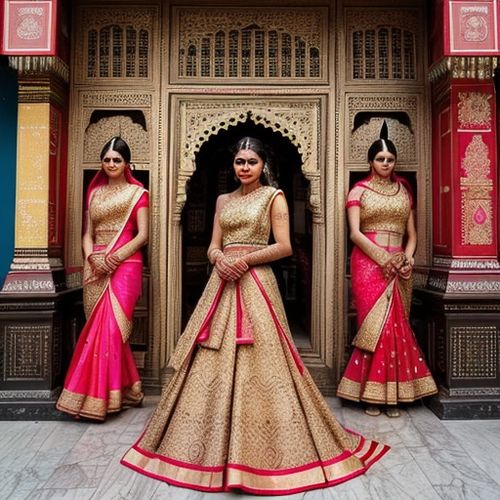
By Michael Brown/Apr 27, 2025
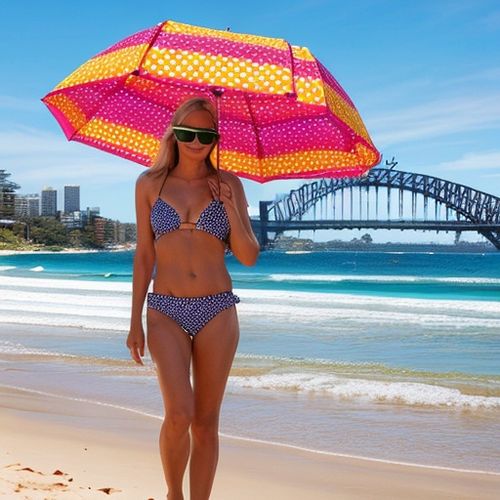
By Sophia Lewis/Apr 27, 2025
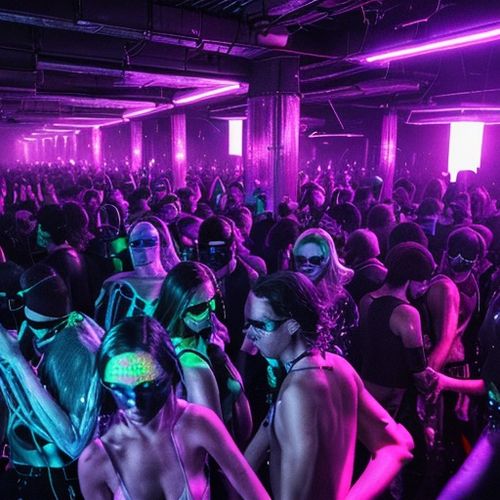
By Noah Bell/Apr 27, 2025
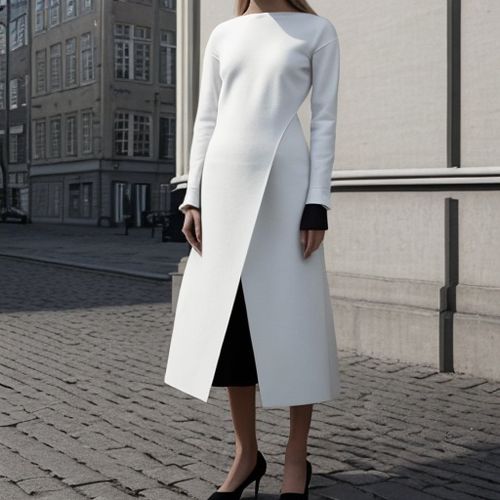
By Daniel Scott/Apr 27, 2025
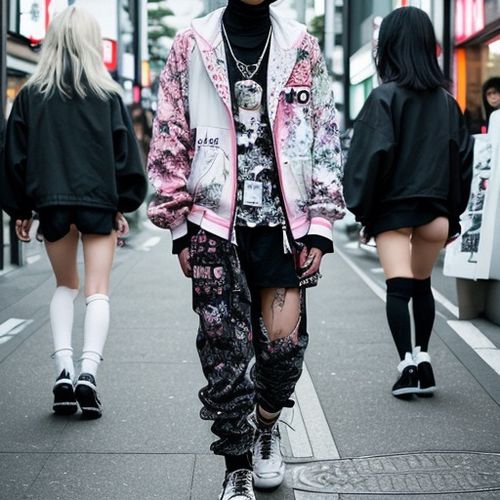
By James Moore/Apr 27, 2025
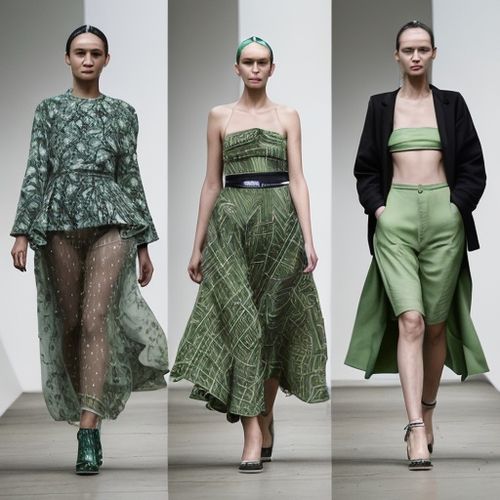
By Megan Clark/Apr 27, 2025
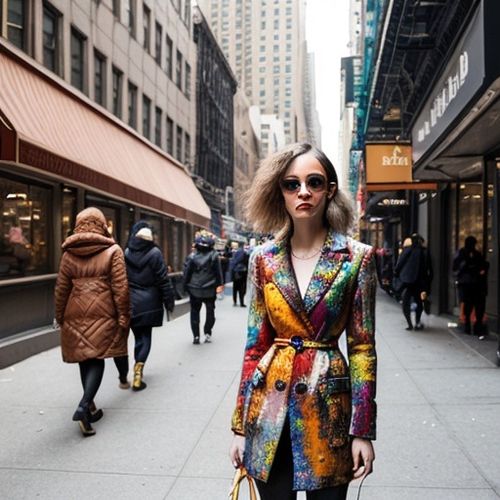
By Samuel Cooper/Apr 27, 2025
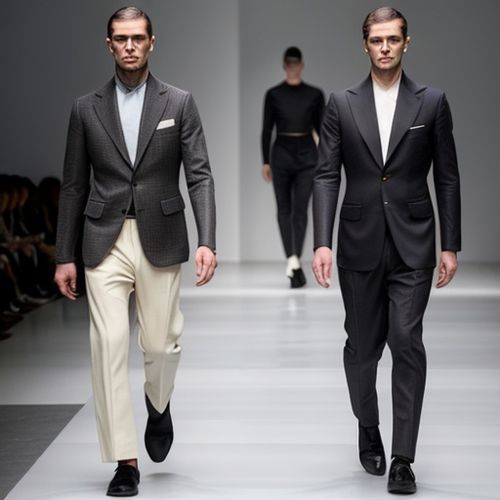
By Emily Johnson/Apr 27, 2025
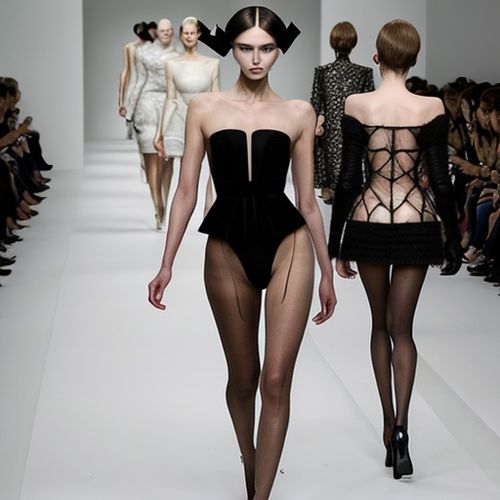
By Lily Simpson/Apr 27, 2025

By Emily Johnson/Dec 22, 2024

By Christopher Harris/Dec 22, 2024
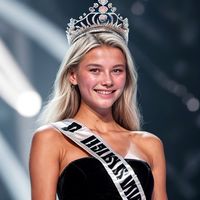
By Joshua Howard/Dec 22, 2024
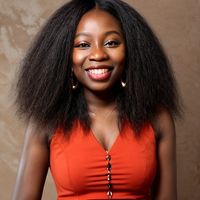
By Victoria Gonzalez/Dec 22, 2024

By Thomas Roberts/Dec 22, 2024

By Benjamin Evans/Dec 22, 2024